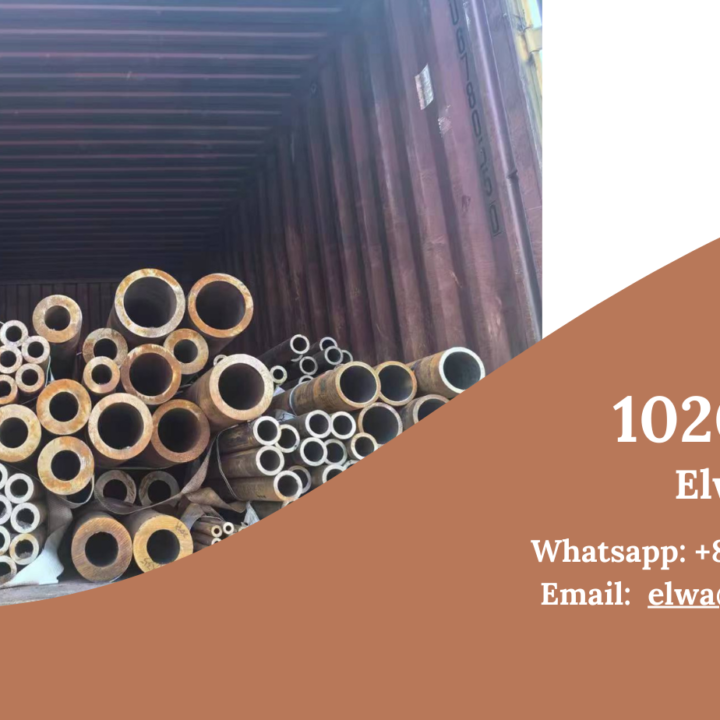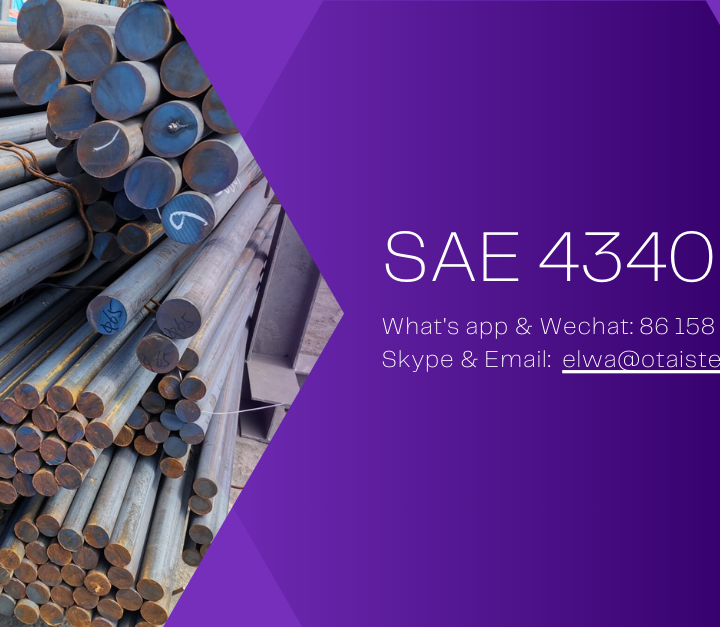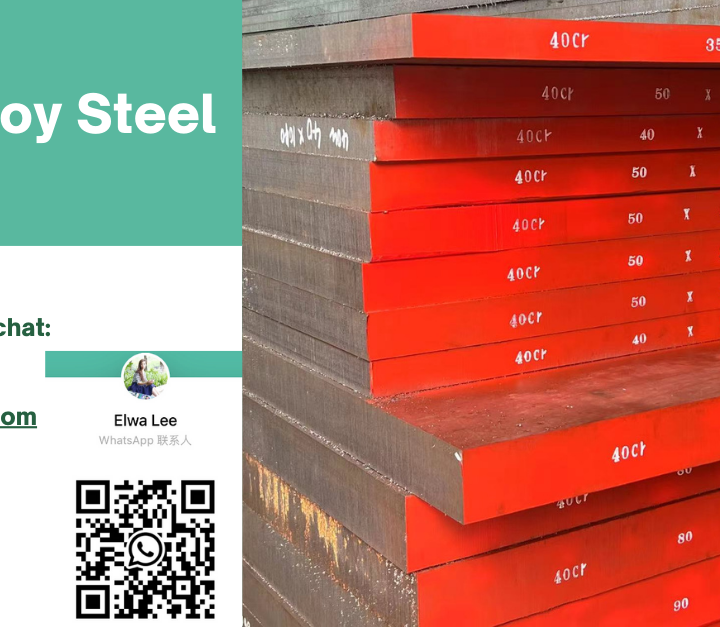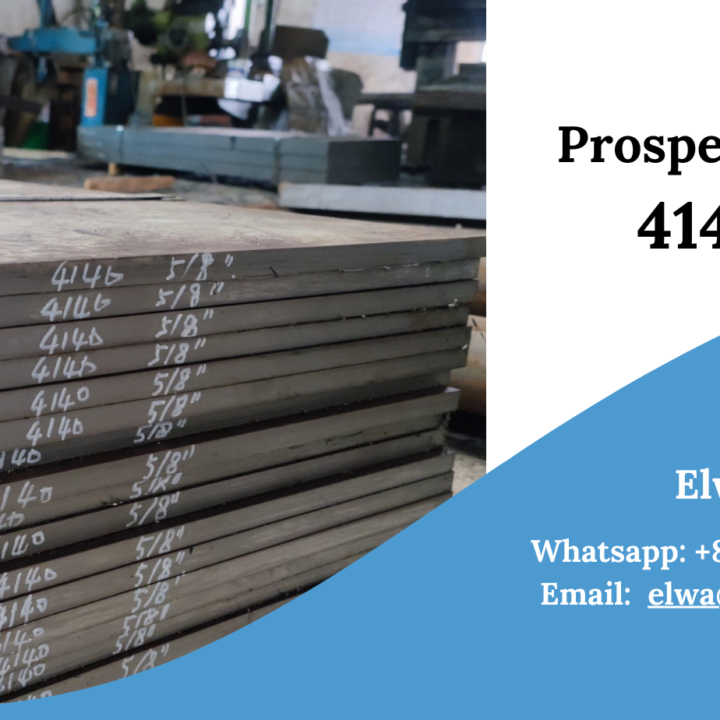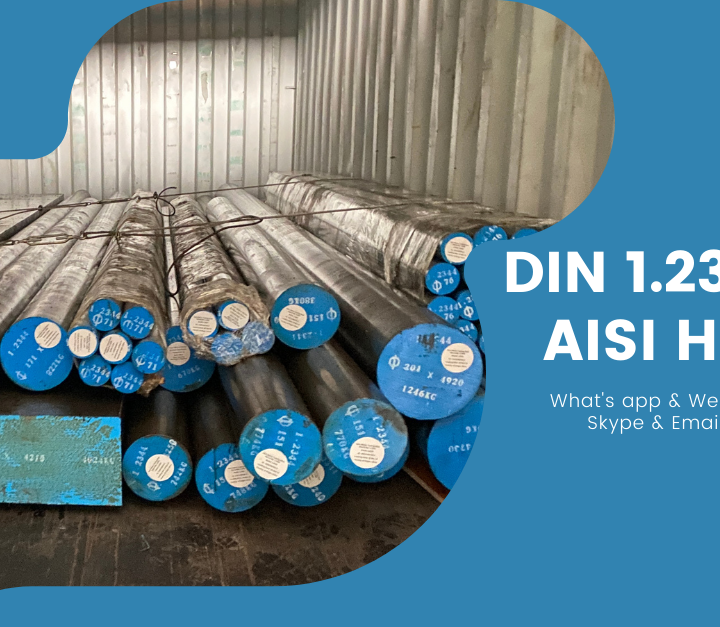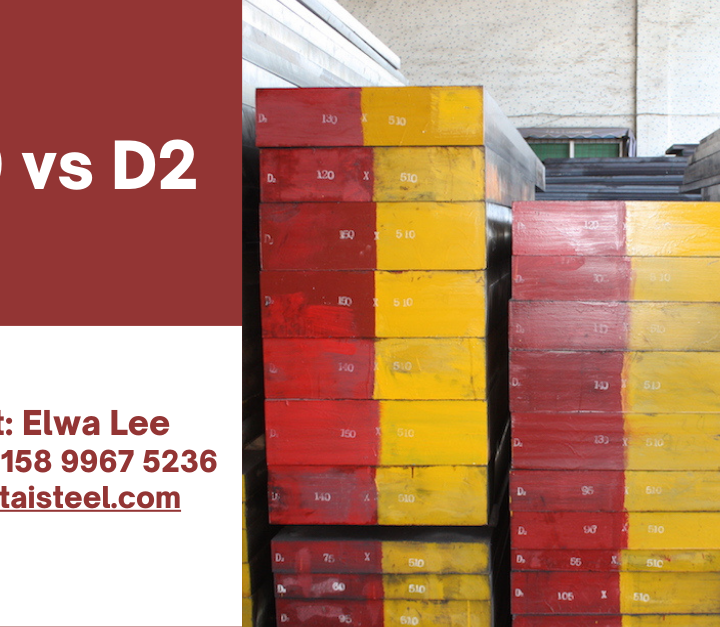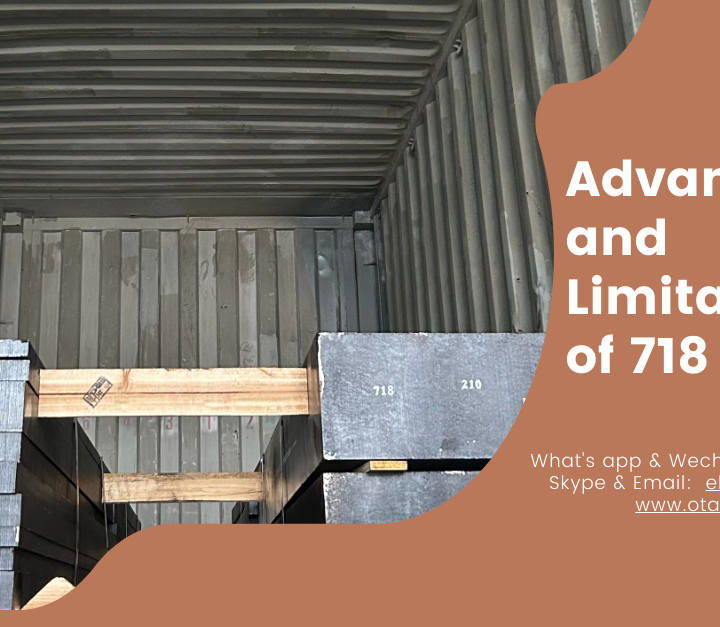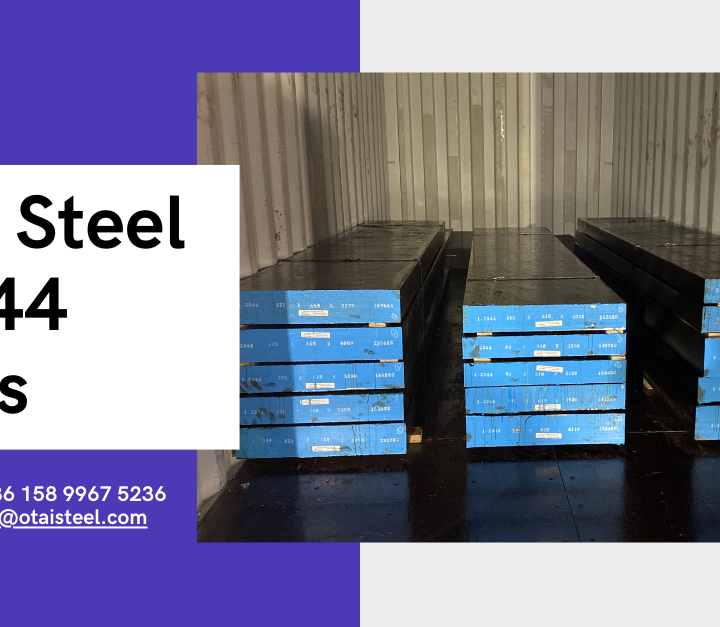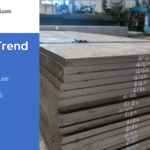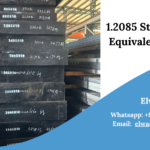In the world of steel materials, 1.2085 steel stands out as a versatile and reliable option for a wide range of industrial applications. Whether you’re a seasoned engineer or a newcomer to the field, this post will provide you with valuable insights into the properties, uses, and benefits of 1.2085 steel. Let’s dive into the world of this remarkable steel alloy.
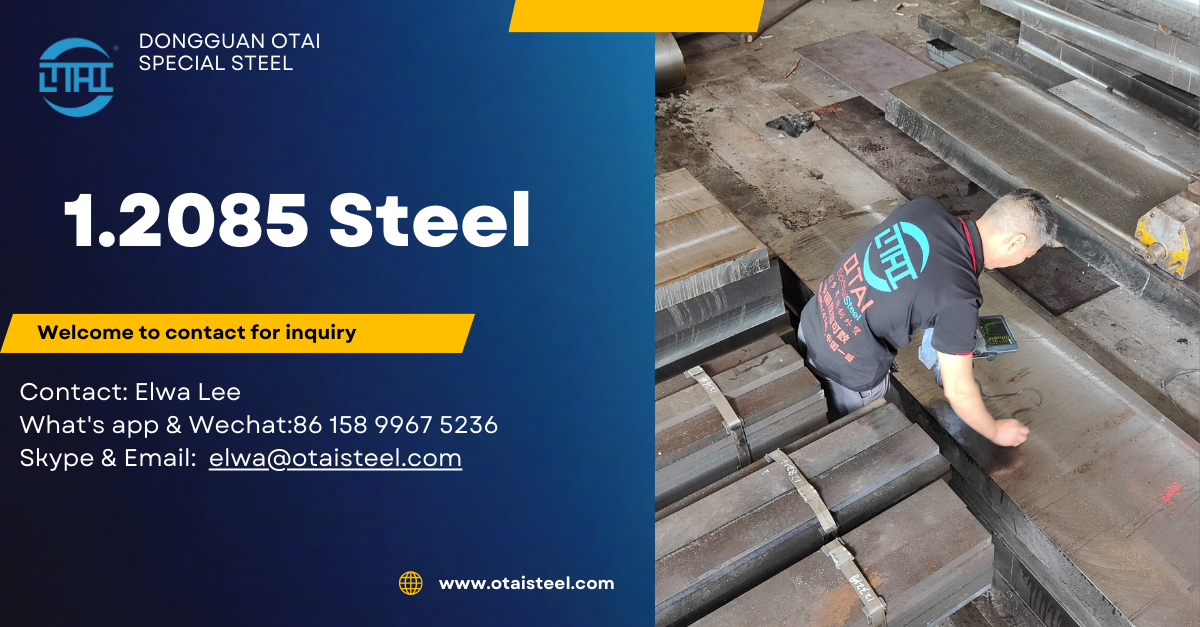
What Is 1.2085 Steel?
1.2085 steel, also known as 420HC stainless steel, is a high-carbon martensitic stainless steel. It’s known for its exceptional strength, durability, and corrosion resistance. This steel is a member of the 400 series stainless steels, which are widely used in various industries due to their outstanding properties.
Properties of 1.2085 Steel:
High Hardness: this material exhibits excellent hardness, making it ideal for applications where wear resistance is crucial. With proper heat treatment, it can achieve even higher hardness levels.
Corrosion Resistance: This steel offers good corrosion resistance, especially when compared to other high-carbon steels. It can withstand exposure to moisture and various chemicals, making it suitable for challenging environments.
Toughness: Despite its high hardness, it maintains a reasonable level of toughness. This combination of hardness and toughness makes it versatile for various applications.
Ease of Machining: Machining 1.2085 steel is relatively straightforward, making it a popular choice for manufacturing processes.
Applications :
Cutting Tools: The high hardness and good wear resistance of it make it a preferred choice for manufacturing cutting tools, such as knives, blades, and surgical instruments.
Injection Molding: In the plastic injection molding industry, 1.2085 steel is used for mold inserts and components due to its excellent surface finish and corrosion resistance.
Industrial Machinery: Components that require high strength and resistance to wear and corrosion, like gears and shafts, benefit from the use of it.
Medical Instruments: Surgical instruments demand a material that can maintain a sharp edge and resist corrosion.
Advantages:
Longevity: Products made from this material have a longer lifespan due to their wear-resistant properties.
Low Maintenance: Its corrosion resistance reduces the need for frequent maintenance and replacement.
Wide Availability: It is readily available in various forms, making it accessible for different manufacturing needs.
Cost-Effective: Its durability and performance make it a cost-effective choice in the long run.
Conclusion:
1.2085 steel, also known as 420HC stainless steel, is a remarkable material that finds its place in diverse industrial applications. Its combination of high hardness, corrosion resistance, and machinability makes it an attractive choice for engineers and manufacturers worldwide. If you’re looking for a steel material that can withstand the test of time and provide exceptional performance, consider it!
FAQs:
Q1: Is 1.2085 steel suitable for outdoor applications exposed to harsh weather conditions?
A: Yes, it’s corrosion resistance makes it suitable for outdoor applications, but proper maintenance is essential to ensure its longevity.
Q2: Can it be heat-treated for even higher hardness?
A: Yes, it can be heat-treated to achieve even higher hardness levels, depending on the specific application requirements.
Q3: Are there any specific precautions to take when machining 1.2085 steel?
A: While machining, use appropriate cutting tools and techniques to avoid overheating the material, which can affect its properties.
Q4: What industries commonly use products made from 1.2085 steel?
A: Industries such as cutlery, plastic injection molding, automotive, and medical instruments frequently use it.
Q5: How does 1.2085 steel compare to other stainless steel alloys?
A: It offers a unique balance of hardness, corrosion resistance, and machinability, making it suitable for specific applications where these properties are essential. However, its suitability depends on the specific requirements of the project.
